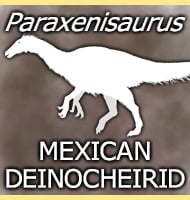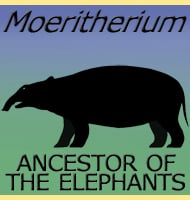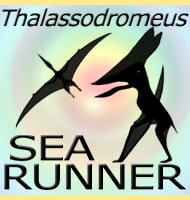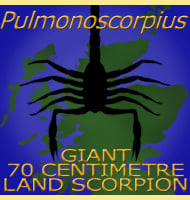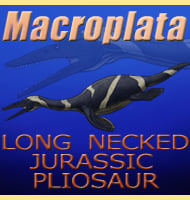In Depth
Rhamphosuchus is thought to have looked like a modern day false gharial, crocodiles that have proportionately thin and long snouts compared to other crocodiles.Rhamphosuchus itself however was much larger, although to what extent remains uncertain. This is because Rhamphosuchus is currently only known from very fragmentary material that makes reconstruction of the skull very difficult. This also makes sizing the full animal difficult because crocodiles are usually estimated by the size of their skulls in relation to other living crocodiles that a direct comparison can be drawn from.
Early size estimates based upon the available material yielded an upper size between fifteen and eighteen meters long, something that would comfortably class Rhamphosuchus as the largest ever crocodile, up to one and a half times bigger than the famous Sarcosuchus. However Rhamphosuchus has since been re-studied with more modern techniques along with a broader understanding of crocodile forms, resulting in a smaller estimate of between eight and eleven meters long. This means that Rhamphosuchus is now considered to be smaller than other giants such as Deinosuchus, Purussaurus and the aforementioned Sarcosuchus. However Rhamphosuchus was still considerably larger than the largest known crocodiles today.
Like the false gharial, Rhamphosuchus had a narrow snout with multiple teeth for prey capture. Gharials are usually thought to be piscivorous fish eaters that may also sometimes incorporate other prey. Rhamphosuchus could certainly have done the same, although its larger size meant that larger prey was on the menu. This does not rule out fish as a food source as we can often see fish that live in warm tropical waters also achieving large sizes in their own right. It’s even probable that the emergence and extinction of Rhamphosuchus occurred with a specialisation in large prey that subsequently disappeared.
Further Reading
– Systematics and body size of the gigantic, enigmatic crocodyloid Rhamphosuchus crassidens, and the faunal history of Siwalik Group (Miocene) crocodylians. – Journal of Vertebrate Paleontology 21 (Supplement to No. 3): 59. – A. J. J. Head. – 2001.



